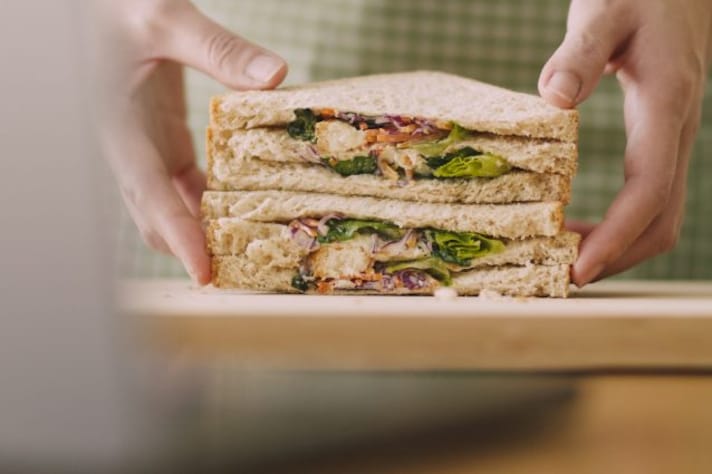
Building the perfect sandwich is an art, and like any masterpiece, the details matter. One of the biggest mistakes sandwich makers make is slapping wet vegetables onto their creation. While it may seem like a small oversight, using wet veggies can turn your sandwich from crispy and delicious to soggy and disappointing. Here’s why moisture and sandwiches don’t mix, and how you can treat your veggies right.
Soggy Bread Might Just Be The Ultimate Sandwich Killer
Wet vegetables are like sponges—they hold onto water and release it at the worst possible moment. When you layer them onto your sandwich without drying them off, that extra moisture seeps into the bread, turning it into a mushy mess. Nobody likes a sandwich that falls apart after just one bite. Drying your vegetables ensures that your bread stays crisp and sturdy, creating the perfect base for your fillings.
The Flavor Dilution Dilemma
Another problem with wet veggies is how they dilute the overall flavor of your sandwich. Think about it: you’ve carefully chosen your ingredients to create a balance of flavors, but when you add vegetables that are dripping with water, it waters down the taste of the other components. Instead of biting into a burst of flavors, you end up with a sandwich that tastes more bland than bold. Drying your veggies allows every flavor to shine through, from the sharpness of the cheese to the tanginess of the mustard.

Wet Vegetables Threaten The Structure of Your Sandwich
A great sandwich isn’t just about taste; it’s about structure. When your vegetables are wet, they create slippery layers that make it harder for the sandwich to hold together. You take a bite, and everything shifts, leaving you with lettuce on your lap and tomato sliding out the other end. Dry vegetables help keep everything in place, ensuring that every bite has the right balance of ingredients and you’re not chasing after runaway veggies.
Preserving Freshness and Texture
There’s nothing quite like the satisfying crunch of fresh vegetables in a sandwich. However, when they’re wet, that crunch can quickly disappear. Waterlogged veggies lose their firmness, turning soft and limp, which ruins the texture you’re aiming for. By properly drying your vegetables, you keep them crisp and fresh, adding that essential textural contrast to the softer elements like meats, cheeses, and spreads.

How to Properly Treat Veggies for the Best Sandwich
Now that you know why wet veggies are the enemy of a great sandwich, let’s talk about how to avoid the problem altogether. The first tip is simple: after washing your vegetables, always dry them thoroughly. Use paper towels or a salad spinner to remove excess moisture. For ingredients like tomatoes or cucumbers, which are naturally watery, consider slicing them in advance and patting them dry before adding them to your sandwich. Additionally, you can place heartier ingredients like meat or cheese between the veggies and the bread to create a moisture barrier. These small steps make a big difference in sandwich quality, ensuring you get the best flavor, texture, and structure with every bite.
;Resize,width=767;)
